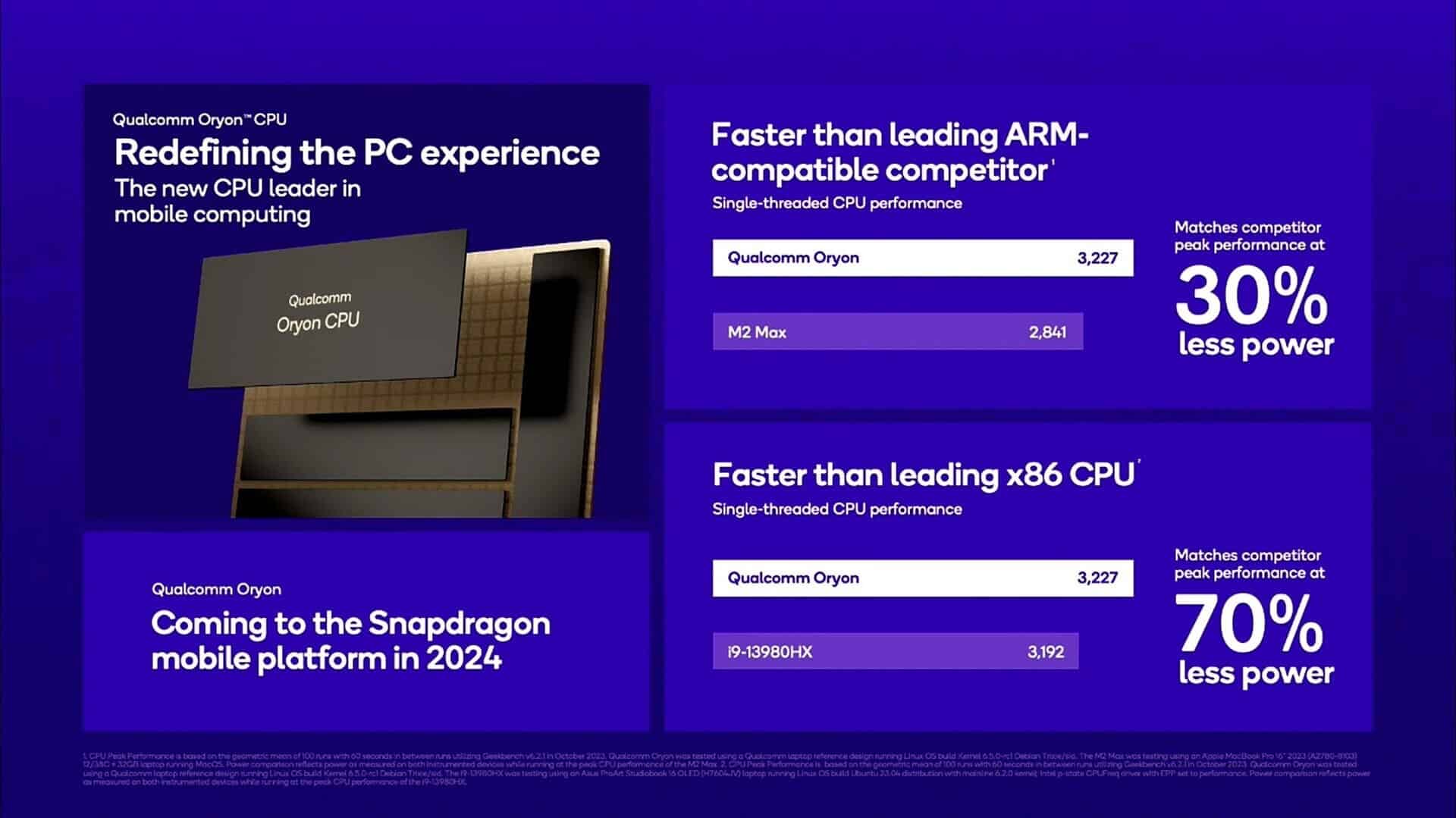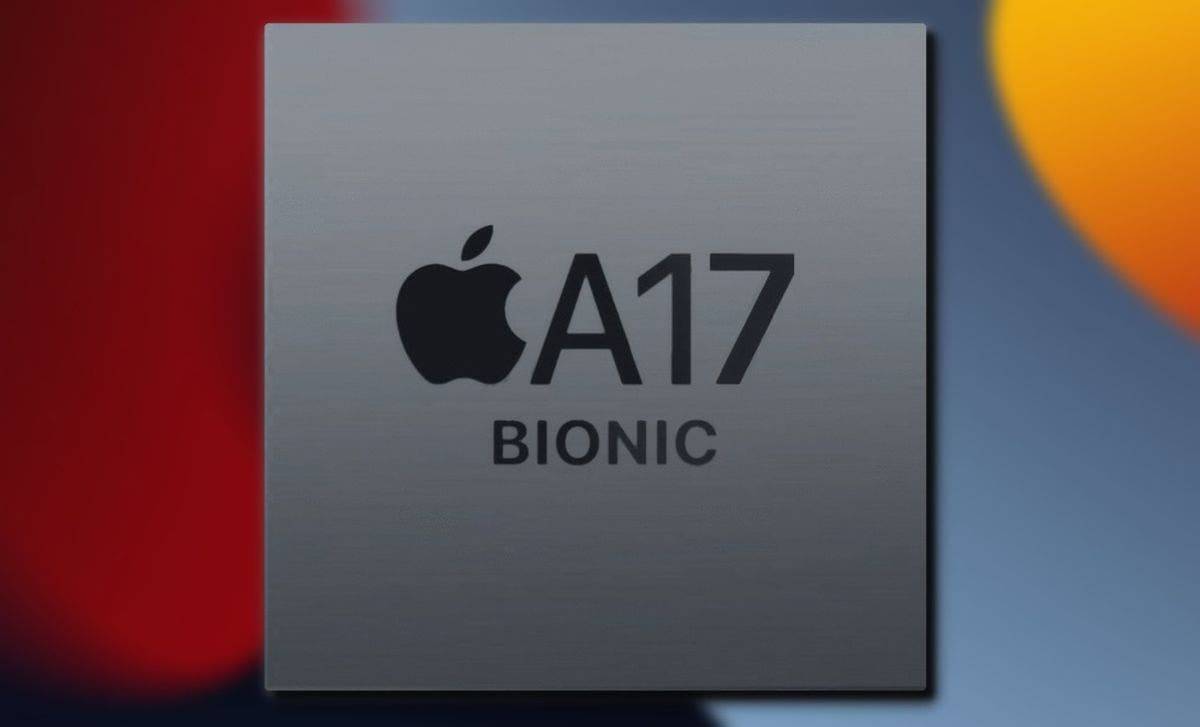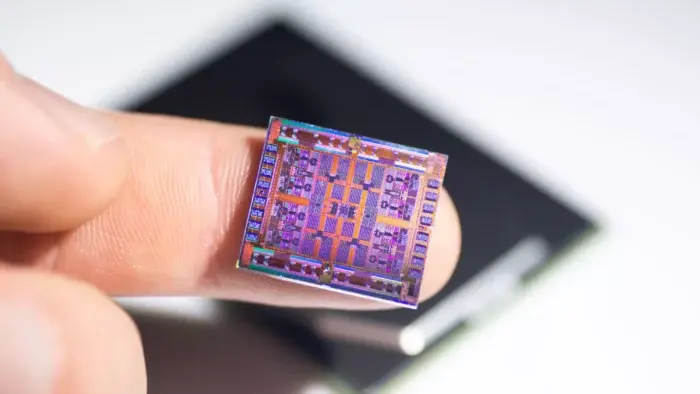In the ever-evolving landscape of mobile technology, the battle of chipsets continues to intensify as Qualcomm, MediaTek, and Apple will unveil their latest offerings – the Snapdragon 8 Gen 4, Dimensity 9400, and Apple Bionic A18. These cutting-edge processors promise to redefine performance standards in smartphones, setting the stage for a new era of speed, efficiency, and innovation. Join us as we delve into a comprehensive comparison of these powerhouse chipsets from what we know so far.
Qualcomm Snapdragon 8 Gen 4
The Qualcomm Snapdragon 8 Gen 4 is anticipated to bring significant advancements in performance, potentially surpassing Apple’s A18 chipset. Recent leaks suggest impressive benchmark scores for the Snapdragon 8 Gen 4, indicating a single-core score of 3,500, outperforming the projected maximum of 3,300 for the A18. This chip is expected to feature custom Oryon cores designed by Qualcomm, offering a competitive edge over its predecessors and potentially enhancing speed and efficiency.

Benchmark Scores and Performance Details
- Single-Core Score: The Snapdragon 8 Gen 4 should achieve a single-core score of 3,500, showcasing a substantial leap in performance compared to previous models.
- Multi-Core Performance: Reports suggest that the Snapdragon 8 Gen 4 will excel in multi-core tests, with an impressive multi-core score that could outperform its competitors.
- GPU Performance: The Snapdragon 8 Gen 4 should feature a faster GPU, enhancing graphics processing capabilities and potentially improving gaming experiences.
- Clock Speed: The main core of the Snapdragon 8 Gen 4 is rumored to have a peak clock speed of 4.3 GHz, significantly higher than its predecessors, which may lead to increased power consumption and potential overheating concerns.
- Manufacturing Process: This chipset is speculated to be Qualcomm’s first chip manufactured on a 3nm process node, signifying advancements in miniaturization and efficiency.
Qualcomm appears to so much to deliver a performance boost with the Snapdragon 8 Gen 4. Notebookcheck reports that it has a peak clock speed of 4.3 GHz for the main core. A significant increase over the 3.30 GHz of the Snapdragon 8 Gen 3’s Cortex-X4 cores. However, this higher clock speed typically translates to increased power consumption. With the report suggesting a potential voltage draw of 1.3V. This raises concerns about potential overheating issues in Snapdragon 8 Gen 4-powered phones, which could undermine user experience. Additionally, the single-core score of 3,500 seems like a significant leap compared to the 2,187 achieved by the Samsung Galaxy S24 Ultra. Therefore, while the combination of custom cores and a more advanced manufacturing process could propel the Snapdragon 8 Gen 4 ahead of the A18, the actual performance margin might be lower than the report suggests.
Bionic A18
According to Notebookcheck, the Apple Bionic A18 scores 3,300 in the single-core benchmark test. There are speculations that this chip will power the iPhone 16 Pro and iPhone 16 Pro Max. It has generated significant buzz due to leaked benchmark scores that hint at substantial performance improvements over its predecessor, the A17 Pro.

Benchmark Scores
- The A18 Pro is reported to have scored 3,300 points on the single-core test and 8,200 points on the multi-core test on Geekbench 6.
- These scores represent a notable increase over the A17 Pro, which scored 2,898 points in single-core and 7,201 points in multi-core tests.
- In comparison to Qualcomm’s Snapdragon 8 Gen 4 chip, the A18 Pro falls behind in both the single-core and multi-core performance. However, it surpasses that of the Apple M3 chip found in the 14-inch MacBook Pro.
The Bionic A18 chip is essentially an upgraded version of the A17 Pro, manufactured on a more robust 3nm process. It offers a better single-core performance compared to the A17 Pro. Benchmark scores from leaks show a 20.77% increase in single-core performance. The A18 chipset will use the second-generation 3nm process which TSMC calls N3E. This should to be more efficient and affordable than the previous generation process, that is the A17 Pro. The Neural Engine in the A18 chipset should have significantly more cores than its predecessor according to rumours. This should enhance the AI capabilities in the iPhone 16 line.
Dimensity 9400
The MediaTek Dimensity 9400 processor should be a significant player in the mobile chipset arena, offering notable improvements over its predecessors and competitors. Here are the key benchmark scores and hardware details of the Dimensity 9400 based on the provided search results:

Benchmark Scores
GeekBench 6 Scores:
- Single-Core: The Dimensity 9400 achieved a score of 2,700, surpassing the Snapdragon 8 Gen 3 by 17.7% and the Dimensity 9300 by 19.3%.
- Multi-Core: The multi-core scores reached 9,800, outperforming the Snapdragon 8 Gen 3 by 39.5%, the Dimensity 9300 by 24.7%, and Apple’s A17 Pro by 35.5%.
AnTuTu Scores:
- Overall: The Dimensity 9400 scored higher than the Snapdragon 8 Gen 4, with a breakdown showing a 12% higher CPU score and a 7% higher GPU score.
The Dimensity 9400 features an all-performance core design with no efficiency cores, comprising of 1x Cortex-X5, 3x Cortex-X4, and 4x Cortex-A720 cores. It comes with an ARM’s new Immortalis G9xx GPU (presumably G920) and improves its performance over its predecessor, achieving 110FPS on GFXBench’s Aztec Ruins benchmark.
Conclusion
The Snapdragon 8 Gen 4, Bionic A18, and Dimensity 9400 stand as formidable contenders in the mobile chipset arena, each showcasing distinct strengths and innovations. Qualcomm’s Snapdragon 8 Gen 4 impresses with its anticipated advancements in performance, featuring custom Oryon cores and a faster GPU, although concerns linger regarding potential overheating issues due to its higher clock speeds. Apple’s Bionic A18 chip, fabricated on a robust 3nm process, promises notable performance enhancements over its predecessor, leveraging a Neural Engine with significantly more cores to bolster AI capabilities, albeit falling slightly behind the Snapdragon 8 Gen 4 in benchmark scores.
Meanwhile, the MediaTek Dimensity 9400 emerges as a significant player, boasting impressive single-core and multi-core performance metrics, a core design optimized for high performance, and a powerful Immortalis G9xx GPU, positioning it as a strong competitor in the mobile chipset landscape. As competition intensifies, consumers can anticipate continued innovation and advancements in mobile processor technology, driving the evolution of smartphones towards heightened speed, efficiency, and overall user experience.





